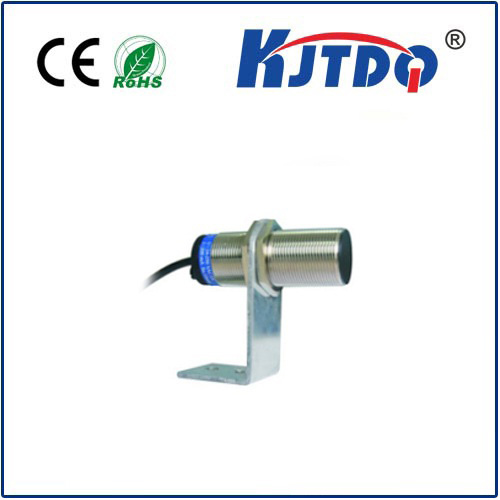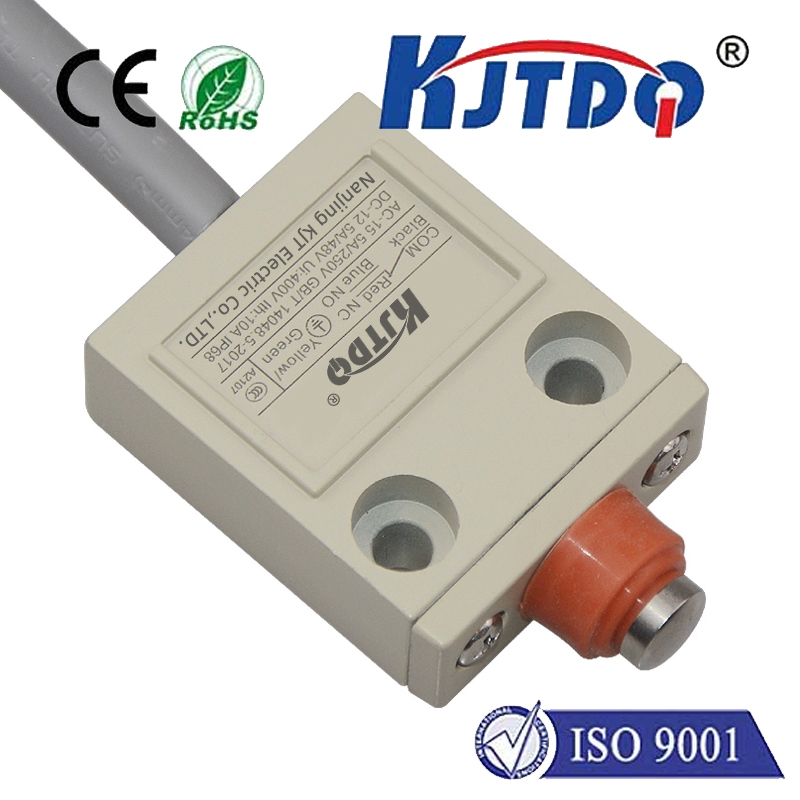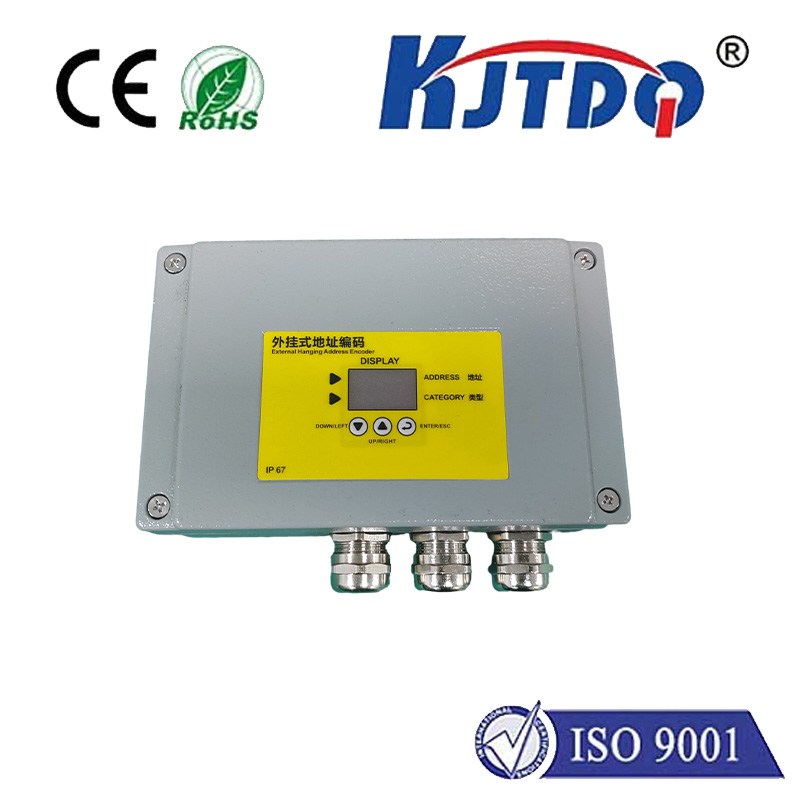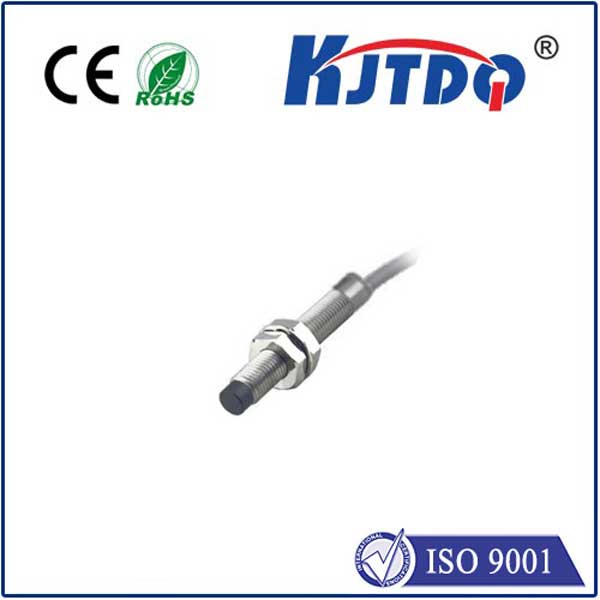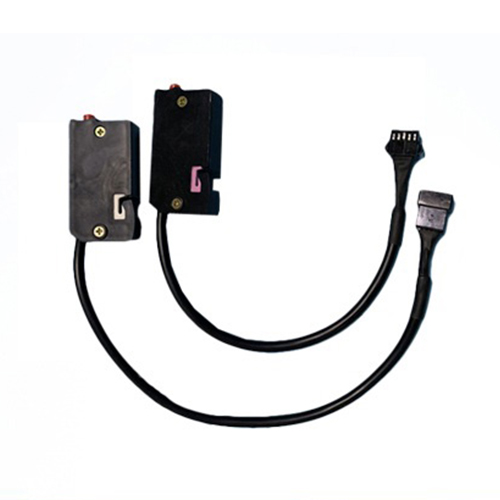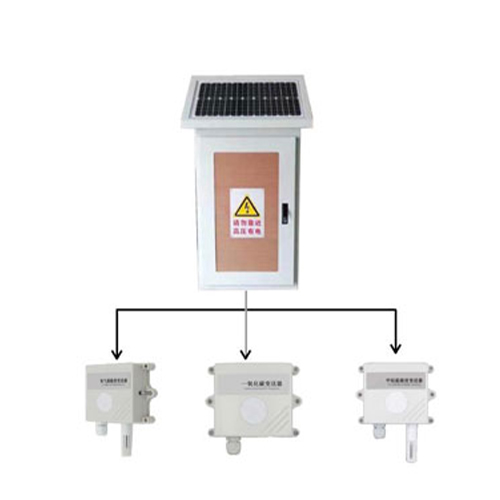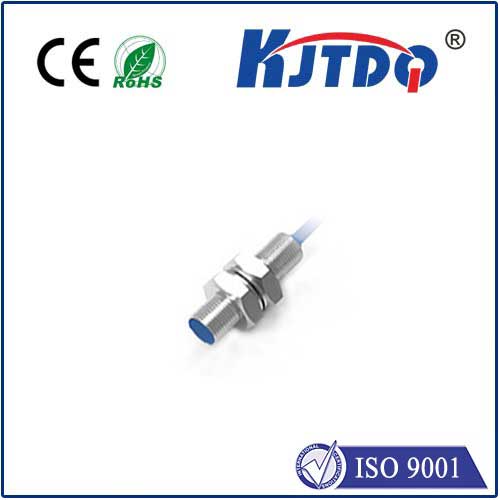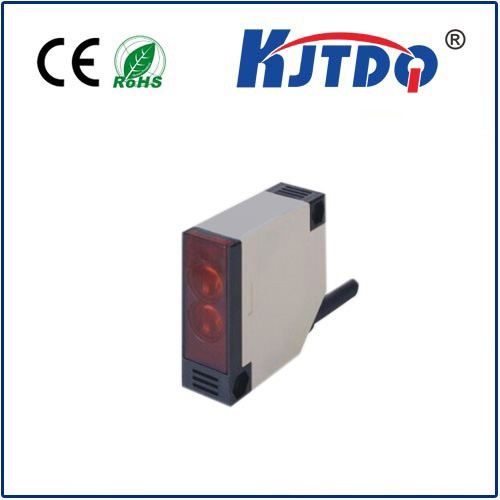atc sensor
- time:2025-08-14 12:00:25
- Нажмите:0
ATC Sensors: The Silent Sentinels Optimizing CNC Machining
Imagine a high-precision CNC machine humming, its spindle rapidly swapping cutting tools from an Automatic Tool Changer (ATC) magazine to mill a complex aerospace component. Now, imagine that tool isn’t seated correctly. The result could range from scrapped parts costing thousands to catastrophic spindle damage halting production for days. This critical moment—where tool and spindle meet—is precisely where ATC sensors become indispensable. These unsung heroes of automated machining provide the essential feedback that ensures every tool change is not just fast, but flawlessly accurate and reliable, safeguarding productivity and investment.
Understanding the ATC Sensor’s Mission
An ATC sensor, in the context of CNC machinery and industrial automation, is specifically designed to monitor and verify various aspects of the Automatic Tool Changer system. Its core mission is to provide real-time feedback on the tool change process. This primarily involves confirming that a tool is:
- Present in the designated magazine pocket or spindle.
- Securely clamped within the spindle with the correct torque.
- Accurately positioned for both retrieval from the magazine and insertion into the spindle.
- Sometimes, verifying the correct identity of the tool loaded.
Without this critical sensory input, the CNC machine operates blindly during one of its most vulnerable and high-speed operations. Sensor failures or inaccuracies can lead directly to production errors, machine crashes, costly downtime, and accelerated wear on expensive components like the spindle and toolholders.

Key Types of ATC Sensor Technology
Different sensing technologies are employed within the ATC ecosystem, each suited to specific verification tasks:
- Proximity Sensors (Inductive/Capacitive): These are workhorses for presence detection. An inductive proximity sensor detects the metal shank of a tool holder within an ATC pocket or the spindle nose. Capacitive sensors can detect non-metallic objects or specific positions. They signal simply: “Tool Present” or “Tool Absent”. Their robustness and reliability make them fundamental.
- Position Verification Sensors: This category includes several technologies focused on ensuring the tool is seated correctly:
- Limit Switches / Reed Switches: Often used to detect the final position of the ATC arm or gripper mechanism, confirming it has fully retracted or extended to the correct location.
- LVDT (Linear Variable Differential Transformer) Sensors: Provide highly precise, non-contact measurement of linear displacement, potentially used to measure the exact depth of tool insertion into the spindle.
- Through-Spindle Sensors: Some advanced systems use sensors within the spindle itself to physically probe the tool shank as it clamps, confirming absolute positional accuracy and engagement.
- Torque Monitoring Systems: While not always strictly a “sensor” in the basic sense, monitoring the clamping force applied by the spindle drawbar is crucial. Sudden deviations can indicate a problem with the drawbar mechanism or an improperly seated tool. This often involves sophisticated load cells or motor current analysis.
- Tool Identification Systems (RFID / Barcode): While primarily for tool management, these systems often integrate with the ATC sequence. An RFID reader near the spindle or magazine pocket can interrogate a tag on the tool holder, verifying that the correct tool, according to the CNC program, has been loaded. This prevents errors from manual tool loading mistakes.
The Critical Role: Beyond Simple Detection
The function of ATC sensors extends far beyond basic on/off signaling. They are fundamental to:
- Preventing Crashes: The most obvious and critical role. Verifying a tool is fully seated and clamped before the spindle starts rotating prevents the tool from being ejected at high speed, potentially destroying the spindle, toolholder, workpiece, and machine guards. Position verification is non-negotiable for safety and asset protection.
- Ensuring Process Reliability: Consistent, verified tool changes are essential for maintaining tight machining tolerances. An incorrectly seated tool can lead to poor surface finish, dimensional inaccuracies, increased vibration, and accelerated tool wear.
- Maximizing Uptime (OEE): Quick fault detection by ATC sensors during the tool change cycle allows the machine to signal an error before catastrophic failure occurs. This enables faster intervention by operators or automated systems, minimizing unplanned downtime (MTTR - Mean Time To Repair) and boosting Overall Equipment Effectiveness (OEE).
- Enabling Automation: Reliable ATC sensor feedback is paramount for lights-out manufacturing and flexible manufacturing systems (FMS). The machine must have absolute confidence in its ability to change tools autonomously over extended periods without supervision.
Choosing and Maintaining ATC Sensors
Selecting the right ATC sensor technology requires careful consideration:
- Environment: CNC machining environments are harsh, filled with cutting fluids (coolants and oils), metal chips, vibration, and electromagnetic noise. Sensors must have appropriate IP (Ingress Protection) ratings (e.g., IP67) and be constructed of durable materials like stainless steel. Resistance to specific types of coolants is vital.
- Performance Requirements: Does the application demand high-speed detection? Micro-precision positioning? Different sensors have varying response times and resolution capabilities.
- Reliability (MTBF): Mean Time Between Failures is critical. Sensor failure can cause significant production disruptions. Opting for high-quality, industrial-grade sensors from reputable manufacturers is essential, even at a higher initial cost. Sensors are not a component to economize on.
- Mounting and Integration: Physical space constraints and ease of installation within the complex ATC mechanism are practical concerns. Compatibility with the machine’s control system (PLC/CNC) is non-negotiable.
Regular preventative maintenance is crucial. This includes cleaning sensor faces free of coolant residue and debris, checking mounting integrity for looseness caused by vibration, and verifying signal integrity periodically. Many modern sensors offer diagnostic outputs to aid in predictive maintenance.
The Future of Sensing in ATC Systems
As CNC machines push towards higher speeds, greater precision, and increased autonomy in Industry 4.0 environments, ATC sensor technology continues to evolve. Integration with Industrial IoT (IIoT) platforms allows for continuous performance monitoring, predictive failure analysis based on sensor data trends, and remote diagnostics. Advanced machine vision systems are also being explored for even more sophisticated tool identification and inspection tasks integrated into the tool change cycle. The demand for smaller, faster, smarter, and more rugged sensors that deliver richer data without compromising reliability will only grow. The silent sentinels ensuring tool change perfection are becoming increasingly sophisticated, enabling the next leap in automated manufacturing efficiency and capability. Robust position verification and tool clamping confirmation remain the bedrock of safe and productive CNC machining operations worldwide, proving that sometimes, the smallest components deliver the biggest impact.

